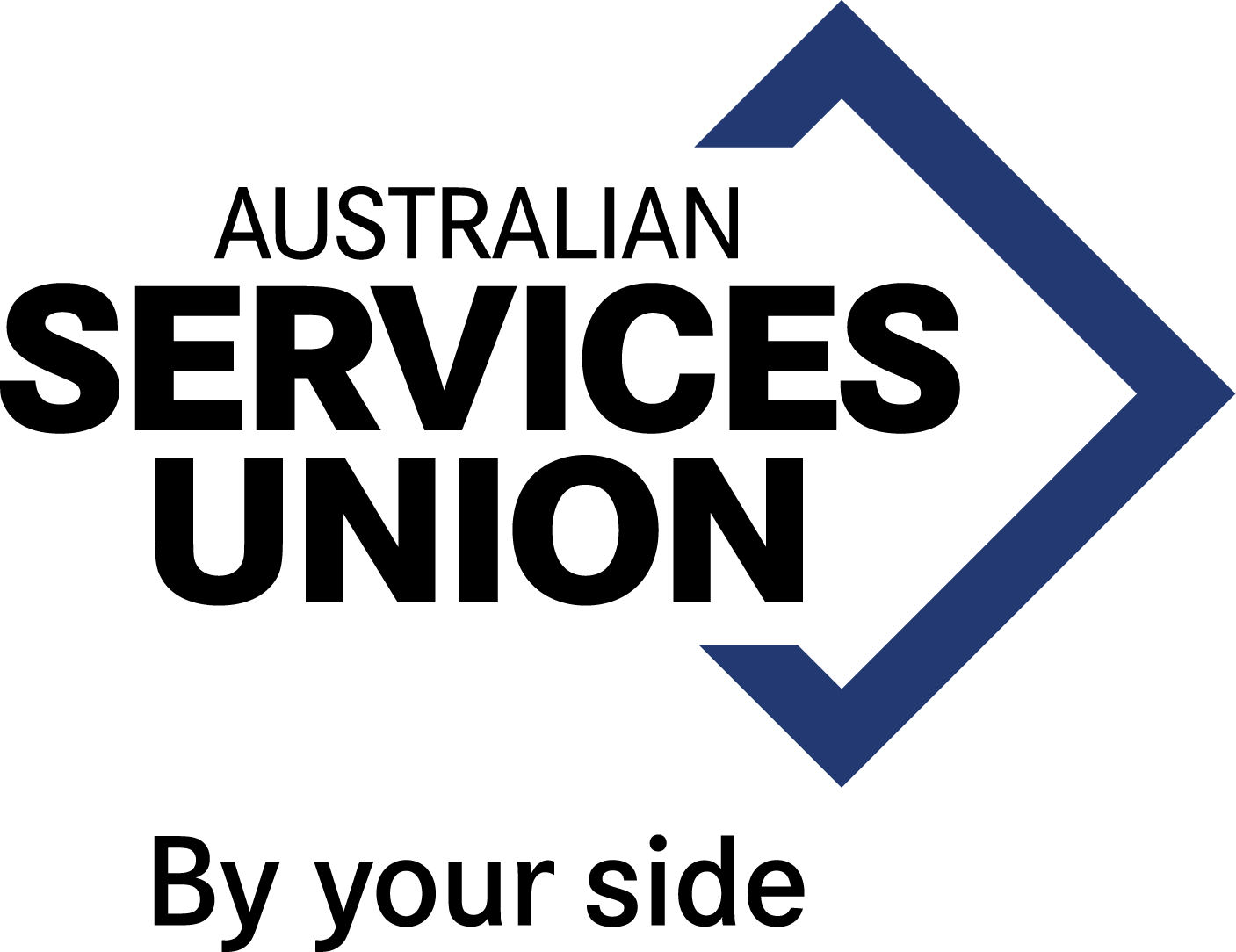Current as at 22 July 2020
On 21 July 2020 the Federal Government announced there will be changes to JobSeeker, the additional income support available for workers who lose their job, are stood down, on low incomes or are in casual and contract employment as a result of the economic downturn due to the Coronavirus.
Originally in March 2020 the federal government introduced a temporary Coronavirus Supplement of $550 a fortnight. The temporary supplement was paid on top of the base JobSeeker rate, which is equal to $565.70 a fortnight for someone without children, and $612.00 a fortnight for someone with children. These will continue to operate until September 24 2020.
WHAT HAS CHANGED?
What is the new JobSeeker rate?
From September 25 until December 31 the Coronavirus Supplement will drop from $550 a fortnight to $250 a fortnight.
The Base JobSeeker rate will stay at the current level. For more information on the Base Job Seeker rate visit Services Australia.
How much can I earn per fortnight and still receive the maximum rate of JobSeeker?
From 25 September 2020 until 31 December 2020 the government has increased the income-free area from $106 a fortnight to $300 for JobSeeker recipients, and from $143 a fortnight to $300 for Youth Allowance recipients. This means people can earn up to $300 a fortnight and still receive the maximum rate of JobSeeker and Youth Allowance.
How will my partner’s income affect how much I get on JobSeeker?
From September 25, the amount your partner can earn without it affecting your JobSeeker payments will increase.
If you receive JobSeeker, your payment will reduce by 27 cents for every dollar your partner earns over $1165 per fortnight. If your income is less than $300 per fortnight, your partner can earn up to $3086.11 per fortnight before your payment reduces to zero.
What about assets tests?
From 25 September 2020 asset testing for all payments will be reinstated, for both existing and new recipients.
The Liquid Assets Waiting Period will also be reinstated for all payments, meaning people with more money in the bank will have to wait for longer to receive them.
However, the Ordinary Waiting Period, Newly Arrived Resident’s Waiting Period, and the Seasonal Work Preclusion Period will continue to be waived until December 31.
For more information on these requirements please visit Services Australia.
What about mutual obligations?
Mutual obligation requirements will resume from August 4. This means JobSeeker recipients must reconnect with a job service provider, agree to a jobs plan, undertake four job searches a month, and participate in training or other activities if it safe to do so.
Disclaimer: This is general guidance only and was correct at the time of writing at 22 July 2020.
The ASU will continue to be by your side through this challenging time.
If you have any questions or concerns please contact your union branch for more information.

